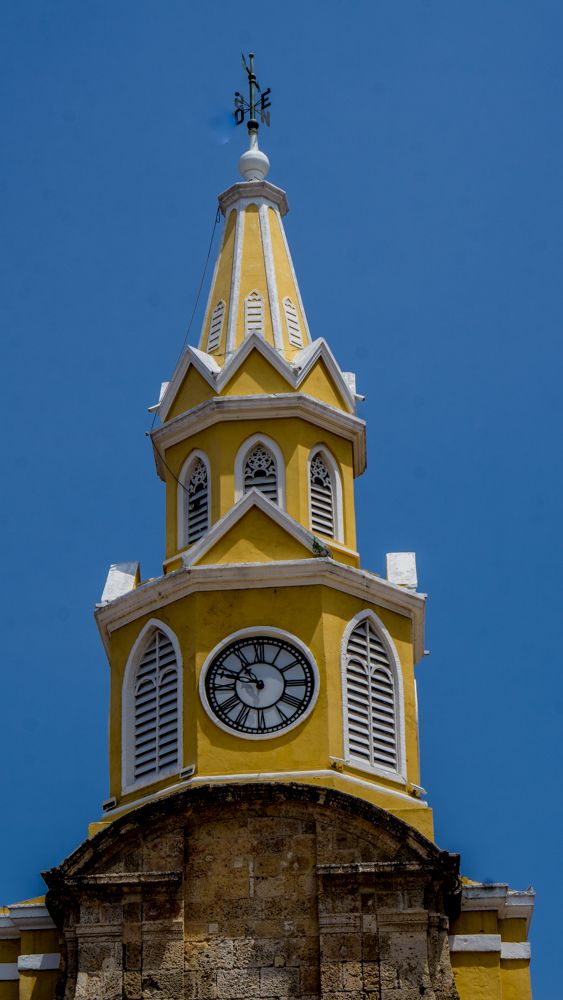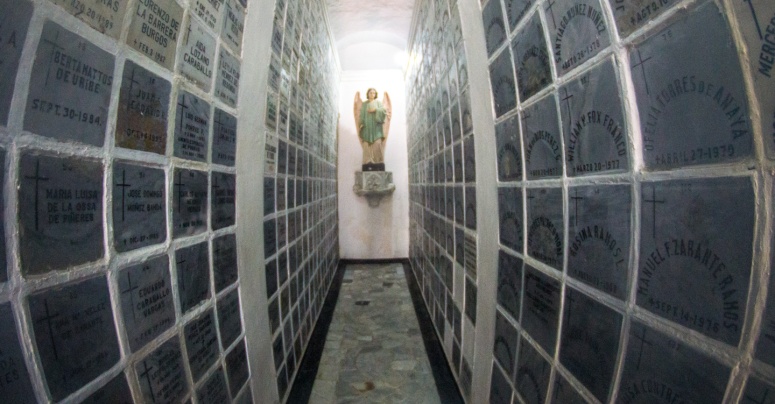Dreikönigsschrein, the Reliquary of the Three Kings is a tomb where they say that the remains of the Three Wise Men are enshrined. Set in a huge display case behind the main altar of the Cologne Cathedral, this is considered to be the largest shrine in the western world.
It took the world renowned goldsmith, Nicolau de Verdun spent half of a century building this masterpiece. The shrine was completed in 1225 and the remains of the Magi were laid to rest here.
This golden Reliquary of the Three Kings is made of wood, coated with gold, silver, enamel, and adorned with precious and semi-precious stones.

According to the legend, Queen Helena, mother of Constantine travelled to the Middle East to find the remains and bring them back to Cologne. The reliquary is comprised of three sarcophagi, two on the bottom and one on top.


More about the Three Wisemen can be found at this link…
http://projects.leadr.msu.edu/medievalart/exhibits/show/reliquary_cathedral_comparison/three_magi

 The Plaza of the Carriages (Plaza de los Cloches) next to the clock tower, was the site of the original slave market. Slaves were brought into the New World through Cartegena and Veracruz, Mexico. And yes, you can pick up a carriage ride in the Plaza de los Coches.
The Plaza of the Carriages (Plaza de los Cloches) next to the clock tower, was the site of the original slave market. Slaves were brought into the New World through Cartegena and Veracruz, Mexico. And yes, you can pick up a carriage ride in the Plaza de los Coches.  If you’re on the hunt for some vintage record albums or a used copy of the South Beach Diet, this market is just for you.
If you’re on the hunt for some vintage record albums or a used copy of the South Beach Diet, this market is just for you. Be sure to check out the street vendors and maybe pick up a Panama hat to keep you cool. The heat and humidity are overwhelming and most people stay away during the heat of the afternoon.
Be sure to check out the street vendors and maybe pick up a Panama hat to keep you cool. The heat and humidity are overwhelming and most people stay away during the heat of the afternoon. A towering statue of Christopher Columbus stands in the Plaza de la Aruanda. Columbus explored the coast of Panama, which was part of Columbia on his fourth voyage of discovery.
A towering statue of Christopher Columbus stands in the Plaza de la Aruanda. Columbus explored the coast of Panama, which was part of Columbia on his fourth voyage of discovery.  Modern art sculptures adorn the streets and plazas. This palenquera was one of several sculptures in the Plaza San Pedro Claver.
Modern art sculptures adorn the streets and plazas. This palenquera was one of several sculptures in the Plaza San Pedro Claver. The Church of San Pedro Claver was built in the early 17th century. Saint Peter Claver was known as the slave of slaves by his Jesuit brethren. Unlike his brothers, Claver did not support Slavery and chose to minister to the many slaves brought through Cartegena. He would meet the slave ships before the human cargo was unloaded so that he could be the first and only friendly face they saw in the New World. San Pedro Claver was the first saint canonized in the New World.
The Church of San Pedro Claver was built in the early 17th century. Saint Peter Claver was known as the slave of slaves by his Jesuit brethren. Unlike his brothers, Claver did not support Slavery and chose to minister to the many slaves brought through Cartegena. He would meet the slave ships before the human cargo was unloaded so that he could be the first and only friendly face they saw in the New World. San Pedro Claver was the first saint canonized in the New World.  The $5 entry fee was well worth it to get out of the hot sun for a half hour or so. The church grounds feature heavy wood furniture offset by the gleaming white washed walls.
The $5 entry fee was well worth it to get out of the hot sun for a half hour or so. The church grounds feature heavy wood furniture offset by the gleaming white washed walls. 
 The altar is dedicated to San Pedro and his remains are visible underneath. You can check out his skull if you want to get up close and personal.
The altar is dedicated to San Pedro and his remains are visible underneath. You can check out his skull if you want to get up close and personal. 
 The mausoleum in the back of the cloister houses more recent parishioners.
The mausoleum in the back of the cloister houses more recent parishioners.
